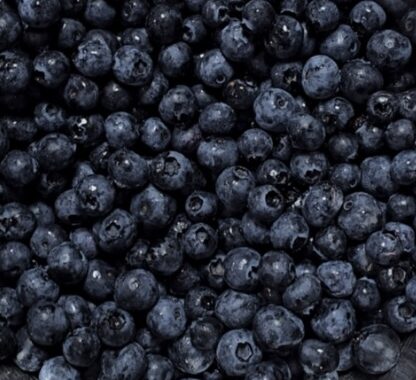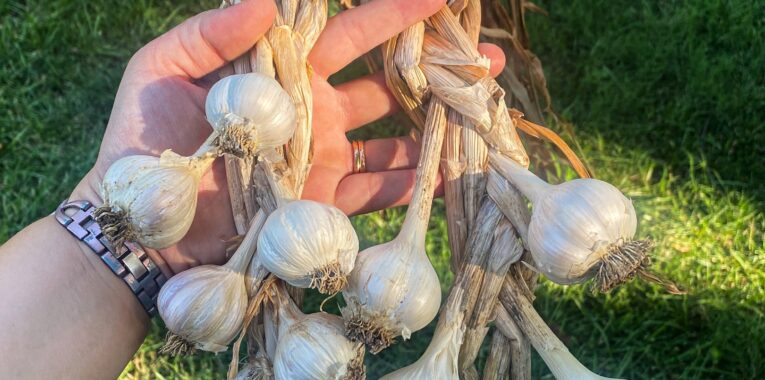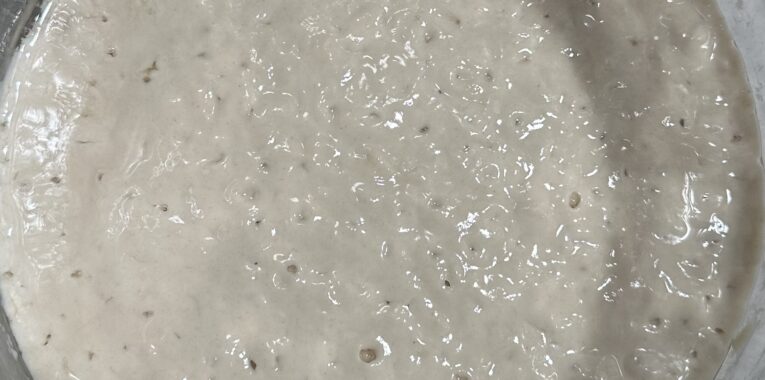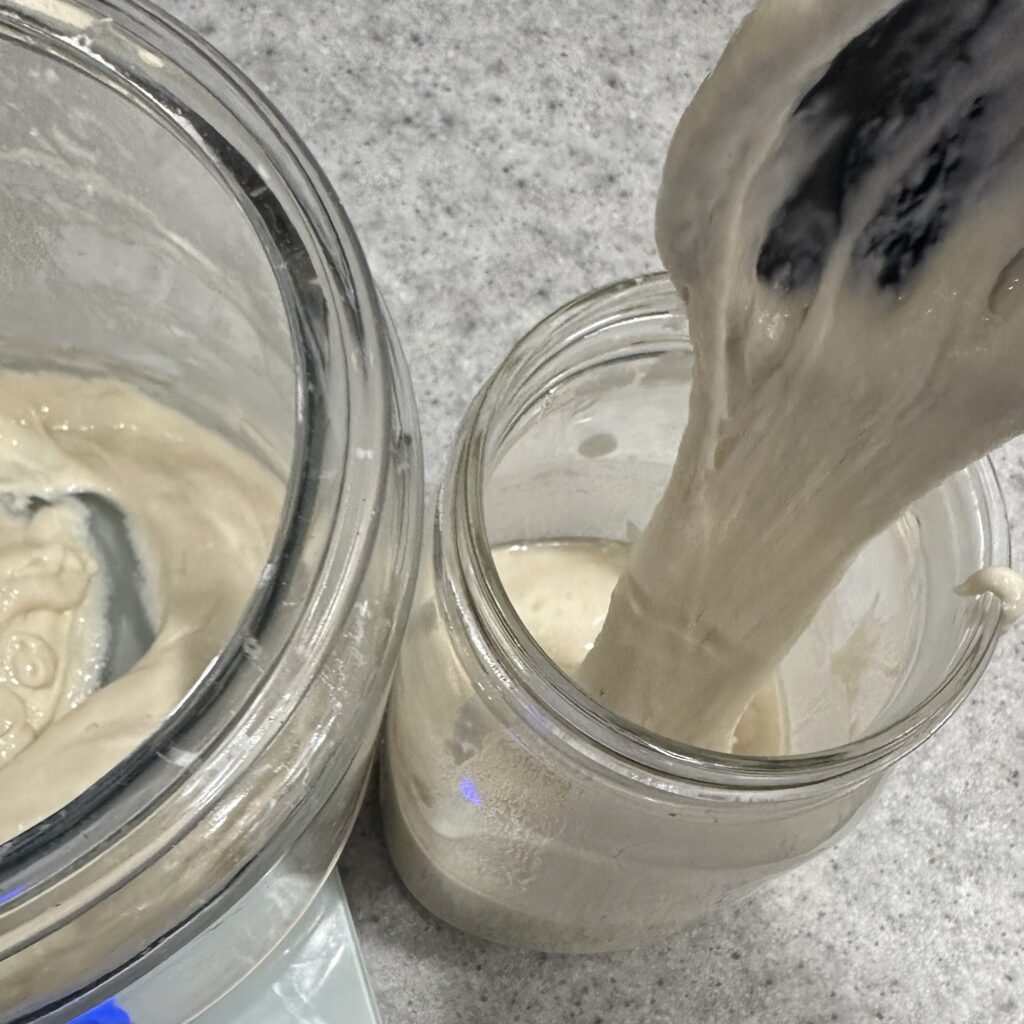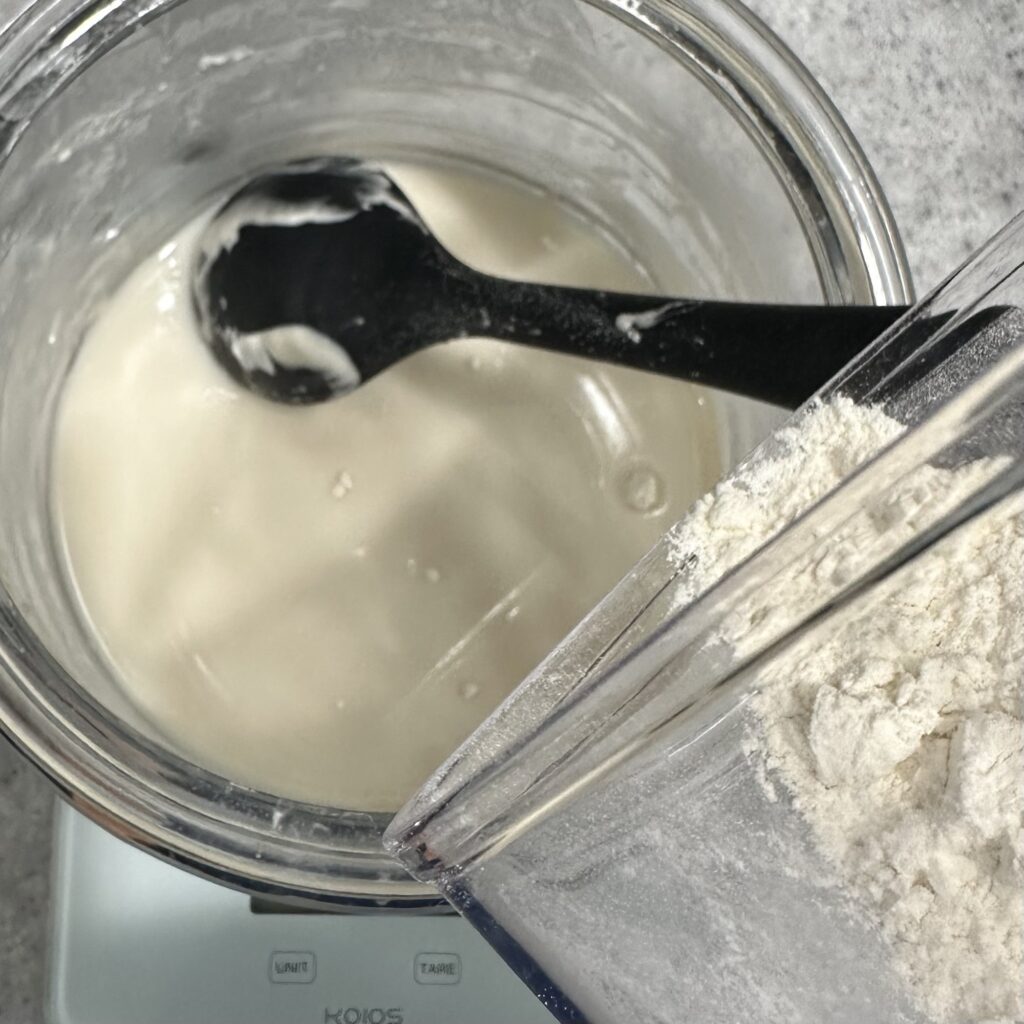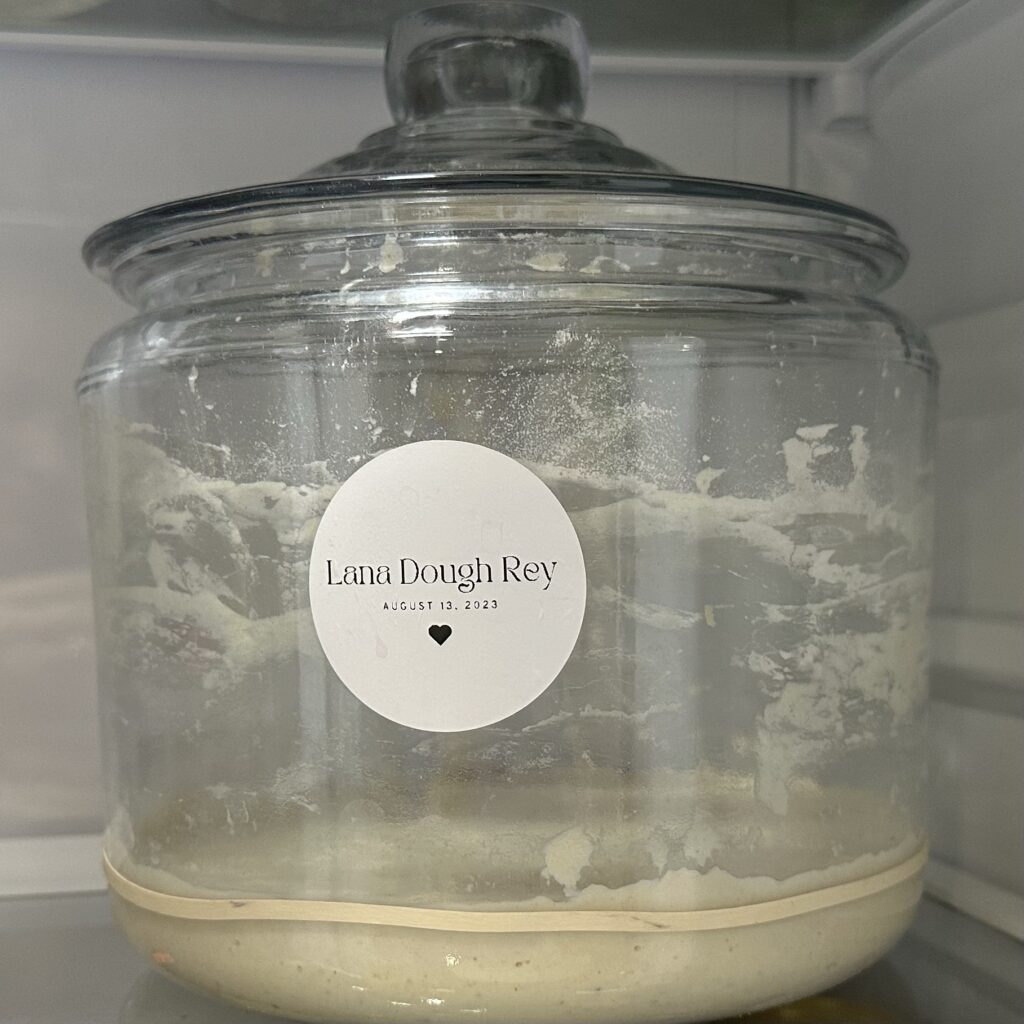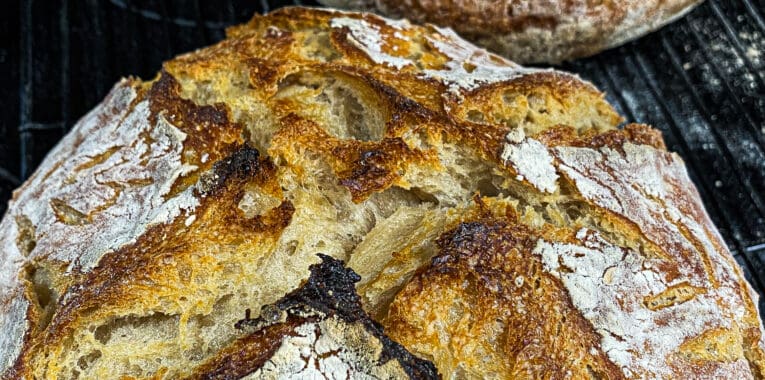No sugar added blueberry jam is so easy to make! And it’s even easier if you own a Ball freshTECH Jam & Jelly Maker (J&J Maker for short)! I LOVE my J&J Maker! But I was tired of being limited by the few recipes that come with the Jam & Jelly Maker, so I decided to experiment. The first recipe I tried is my husband’s personal favorite–no sugar added blueberry jam! It’s a Bernardin recipe and you can find the link here. But, if you want to learn how to make it in the Jam & Jelly Maker, keep reading!

As an Amazon Associate, I earn from qualifying purchases.
Why Use the Jam & Jelly Maker?
The Jam & Jelly Maker is so easy to use because it stirs for you! It also doesn’t require that you use your stovetop, which is a bonus if you work full time and do all of your cooking, canning, and baking on the weekends like me! It is so nice to be able to keep a large burner clear for lunch, dinner, or whatever I’m meal-prepping!
If you are interested in another way to save stovetop space or if you have a glass stovetop and don’t want to put a heavy canner on top of it, I highly recommend purchasing either a steam canner or the Ball freshTECH Electric Water Bath Canner and Multi-Cooker! The awesome thing about this canner is that is can easily hold 12-14 half-pint jars!
What Do I Need to Can?
The simple answer is that you need jars, lids, bands, and a large pot that will allow water to cover your jars by 1-2 inches. However, I do have some favorite canning tools that make life easier! Here’s a list of the tools I use in the video.
Recipe Video
How to Make No Sugar Added Blueberry Jam in Jam & Jelly Maker
Instructions
- First, mash 4 cups of rinsed blueberries.
- Prepare other ingredients–1 cup unsweetened fruit juice and 49 grams of Ball or Bernardin Low or No Sugar Pectin.
- Sprinkle pectin on bottom of Jam & Jelly Maker, spread blueberry mash evenly over the top, and add in fruit juice.
- Press “Jam” and press “Enter.” The J&J Maker will start stirring.
- After 4 minutes, the J&J Maker will beep. If you are adding any sweetener, pour it evenly over the top of the mixture. If you’re not adding any sweetener put the lid on.
- For the remaining 17 minutes, watch the J&J Maker carefully. If at any time it looks like the mixture may overflow, take the lid off and allow the mixture to cool.
- The J&J Maker will beep again when it is finished. Take the lid off and either store jam in refrigerator or continue with canning instructions.
- Fill clean, warm jars with jam mixture, making sure to leave 1/4-inch headspace.
- Debubble and double-check headspace. Add more jam, if needed.
- Clean rim off to ensure no jam is on it.
- Put a clean lid on and screw on band until fingertip tight.
- Put in water bath canner.
- Fill remaining jars until jam mixture is gone.
- Water bath process for 10 minutes, adjusting for altitude.
- Remove jars and set on towel or wooden cutting board to cool for 12-24 hours.
- Remove bands and check seals. If any jars failed to seal, store in refrigerator and use first.
- Wash jars and store without bands on.
